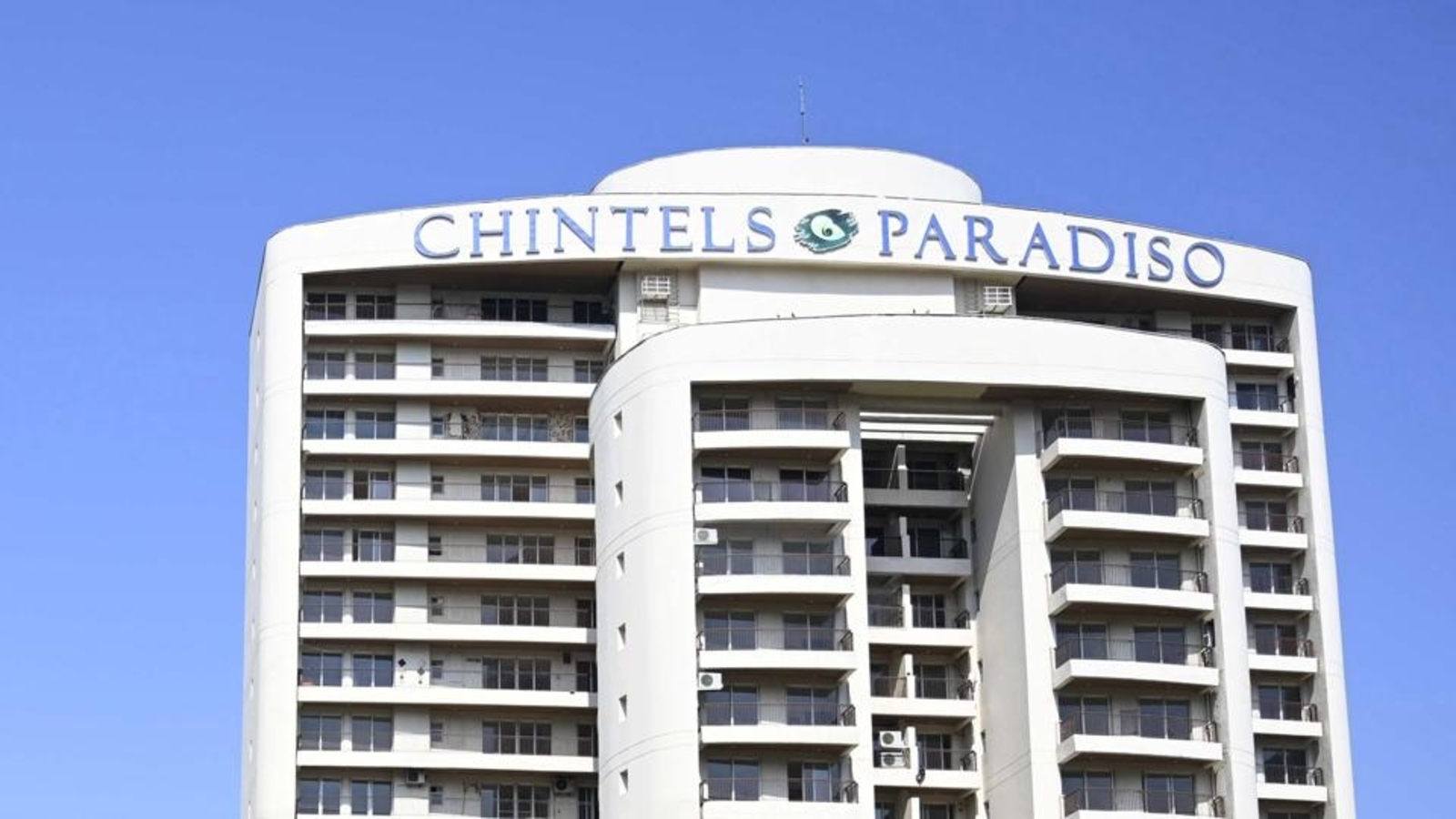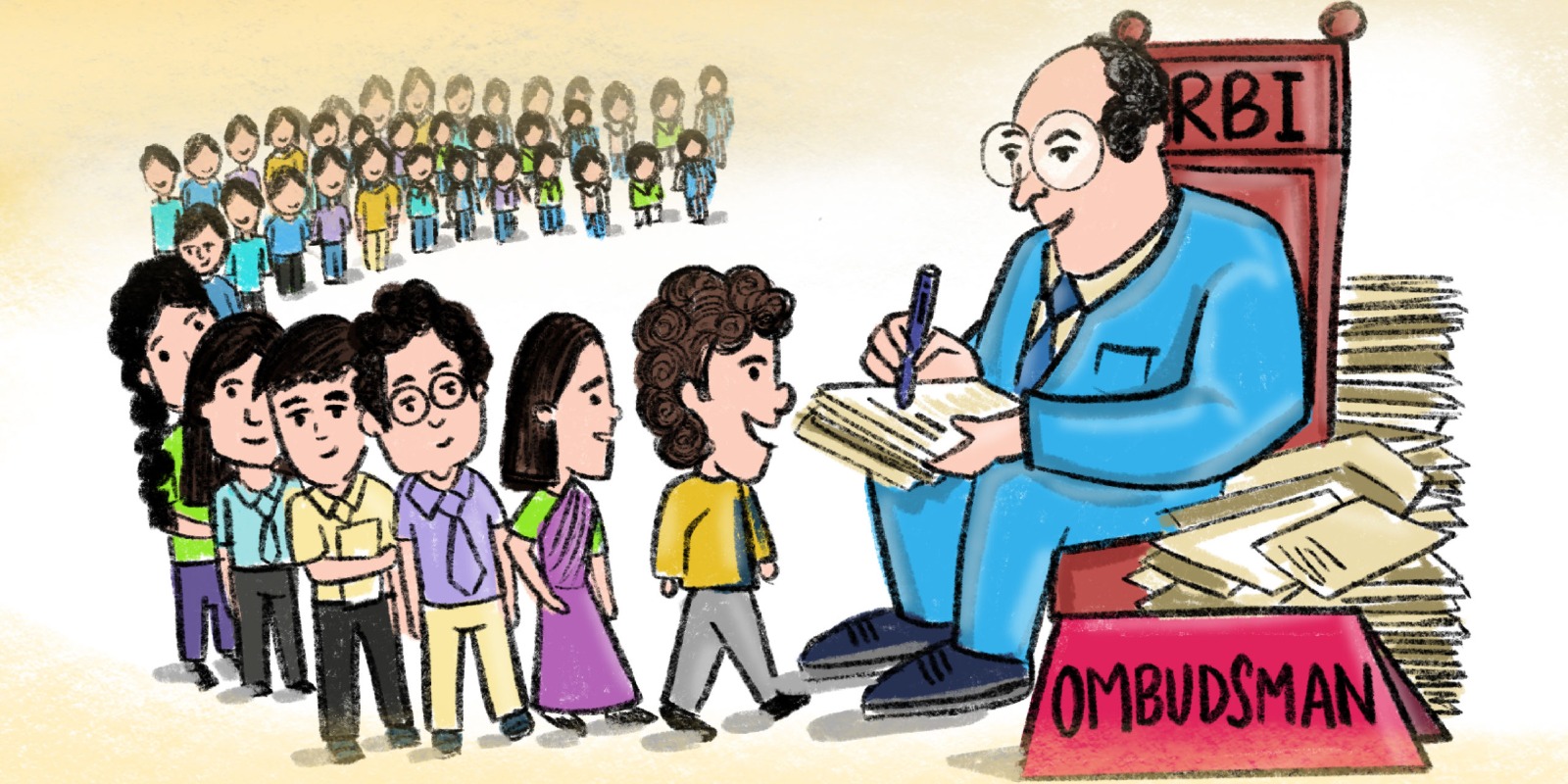Arun Kumar Bhattacharya, J.@mdashThe hearing steins from an application under Article 227 of the Constitution of India filed by the petitioner praying for revision of the order being No. 26 dated 28.04.2003 passed by the learned Civil Judge (Jr. Div.), 2nd Court, Alipore in T.S. 364/99.
2. The circumstances leading to the above application are that the petitioner is a tenant in respect of office accommodation space measuring 1192 sqft. on the second floor in the southern portion of the building commonly known as Unit House situated at 23A/49, Diamond Harbour Road, Kolkata-700 053 being recorded as municipal premises No. P-40, Block-B, New Alipore, Kolkata within P.S. New Alipore. At the time of induction, the defendant/petitioner happened to be a partnership firm which was subsequently converted into a sole proprietorship business of Mr. Subir Basu and the same was intimated by the petitioner to the plaintiff/ O.P. A suit for ejectment being T.S. 1/1999 was filed by the plaintiff/ O.P. against the defendant/petitioner in the Court of learned Civil Judge (Sr. Div.), First Court, now transferred to the Court of learned Civil Judge (Sr. Div.), 9th Court, Alipore and renumbered as T.S. 7/2005. The plaintiff/O.P. came up with a story that on 07.12.99 he came to learn of the alleged intention of the petitioner to surrender and/or transfer the suit property to third party which is absolutely incorrect, and the same gave rise to T.S. No. 364/99 filed by the plaintiff/ O.P. in the Court of learned Civil Judge (Jr. Div.), 2nd Court, Alipore for permanent injunction to restrain the petitioner from transferring, sub-letting or parting with the possession of the disputed property to third party. The petitioner filed an application on 17.08.2001 under Order 14 Rule 2(2) read with Order 7 Rule 11(d) of the CP Code in the said T.S. 364/1999 for disposal of the suit on the preliminary issue of law as to whether the suit was maintainable in its present form and whether it is barred under the provisions of the Specific Relief Act which was rejected by the learned Court below by the impugned order dated 28.04.2003.
3. Being aggrieved by, and dissatisfied with, the said order the petitioner has come up before this Court.
4. Mr. Mukherjee, learned Counsel for the petitioner, relying upon the cases of Geetanjali Nursing Home (P) Ltd. v. Dr. Dileep Makhija reported in AIR 2004 Del 53 (para 23) and
5. Order 2 Rule 2 deals with framing of a suit which requires inclusion of whole claim arising in respect of one cause of action in one suit, and is directed against two evils viz. splitting up of claims and splitting up of remedies, the object being to prevent multiplicity of suits. It is founded on the principle that a person shall not be vexed twice for one and the same cause. For invoking Rule 2 it should be found out (1) what was the cause of action in respect of which the claim was made in the previous suit, (2) what is the claim made in the present suit and (3) whether the claim made in the present suit could have been made either wholly or in part in respect of the cause of action in the previous suit. "Cause of action" means the bundle of fact, which it should be necessary for the plaintiff to prove, if traversed, in order to support his right to the judgment of the Court, as was observed in the case of
6. In the case on hand, the cause of action in both the suits are different, since in T.S. No. 1/99 it arose on 01.12.97 when the relationship between the landlord and tenant ceased on account of non-compliance with the notice of ejectment, whereas the cause of action in the subsequent suit being T.S. No. 364/99 arose on 17.12.99 when the plaintiff came to learn that the defendant is going to transfer the disputed premises to third parties. In the first suit, as the defendant sublet a part or portion of the disputed premises to third parties without the consent in writing of the plaintiff, subletting was made one of the grounds for ejectment, whereas in the subsequent suit when the defendant was going to transfer other part of the premises, the suit was instituted to restrain the defendant from doing so, and there was no scope on the part of the plaintiff to claim injunction in the first suit in respect of the said cause of action which arose later. Therefore, the question of the subsequent suit being barred under the provisions of Order 2 Rule 2 of the Code is out of the way.
7. As regards invoking the provision of clause (h) of Section 41 of Specific Relief Act, the question whether the alternative remedy is equally efficacious is a question of fact to be determined in each case. Here, in the above backdrop it cannot be held that equally efficacious relief by way of injunction could be available in the first suit, and so the provision of Section 41(h) of the said Act cannot be attracted. The decisions so cited by the learned Counsel for the petitioner being quite distinguishable, the same have no application in the present facts and circumstances.
8. In the premises, in the light of the above discussion, there being no material to interfere with the impugned order, the present revisional application be dismissed.
9. Urgent xerox certified copy of this order, if applied for, be supplied to the parties with utmost expedition.

